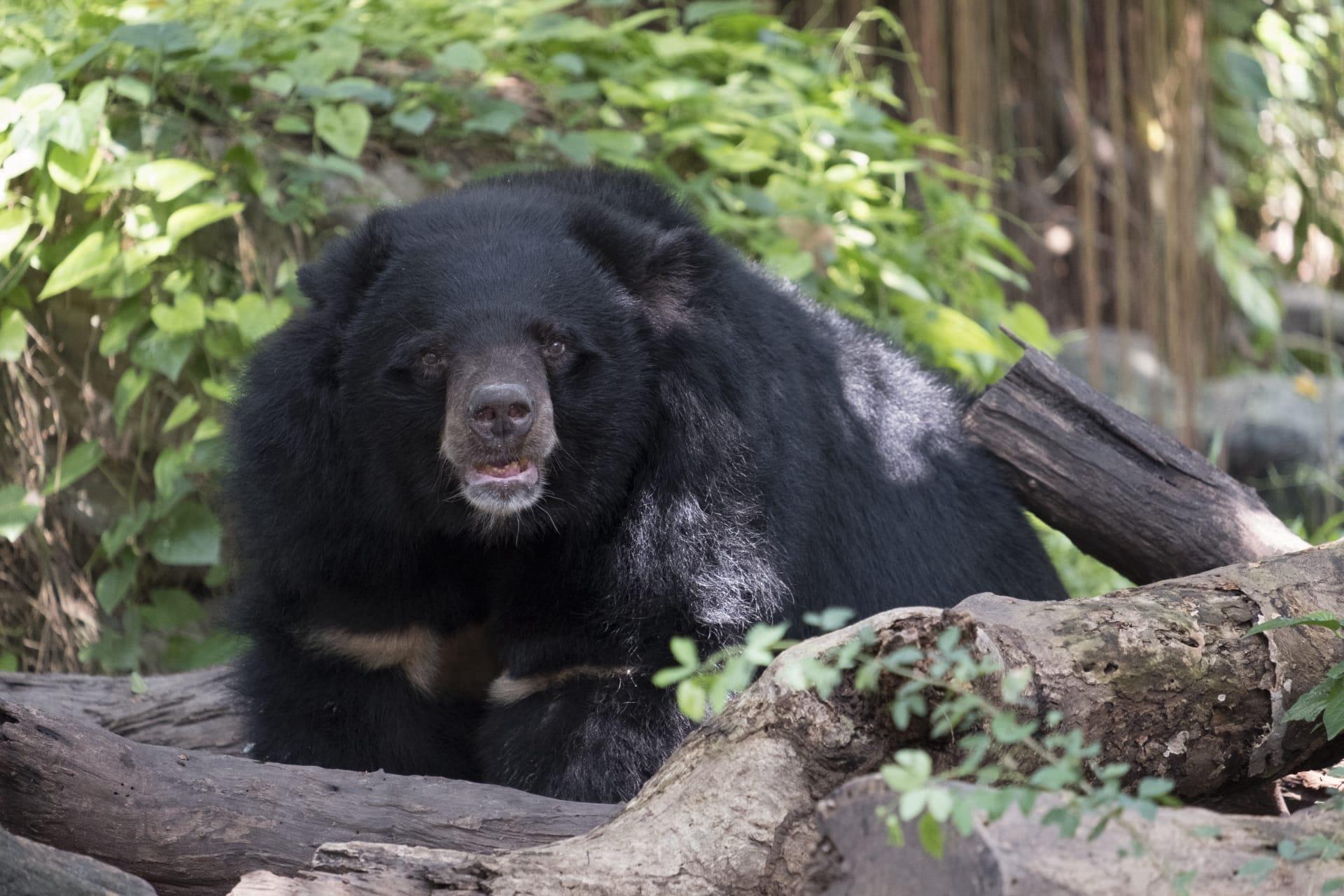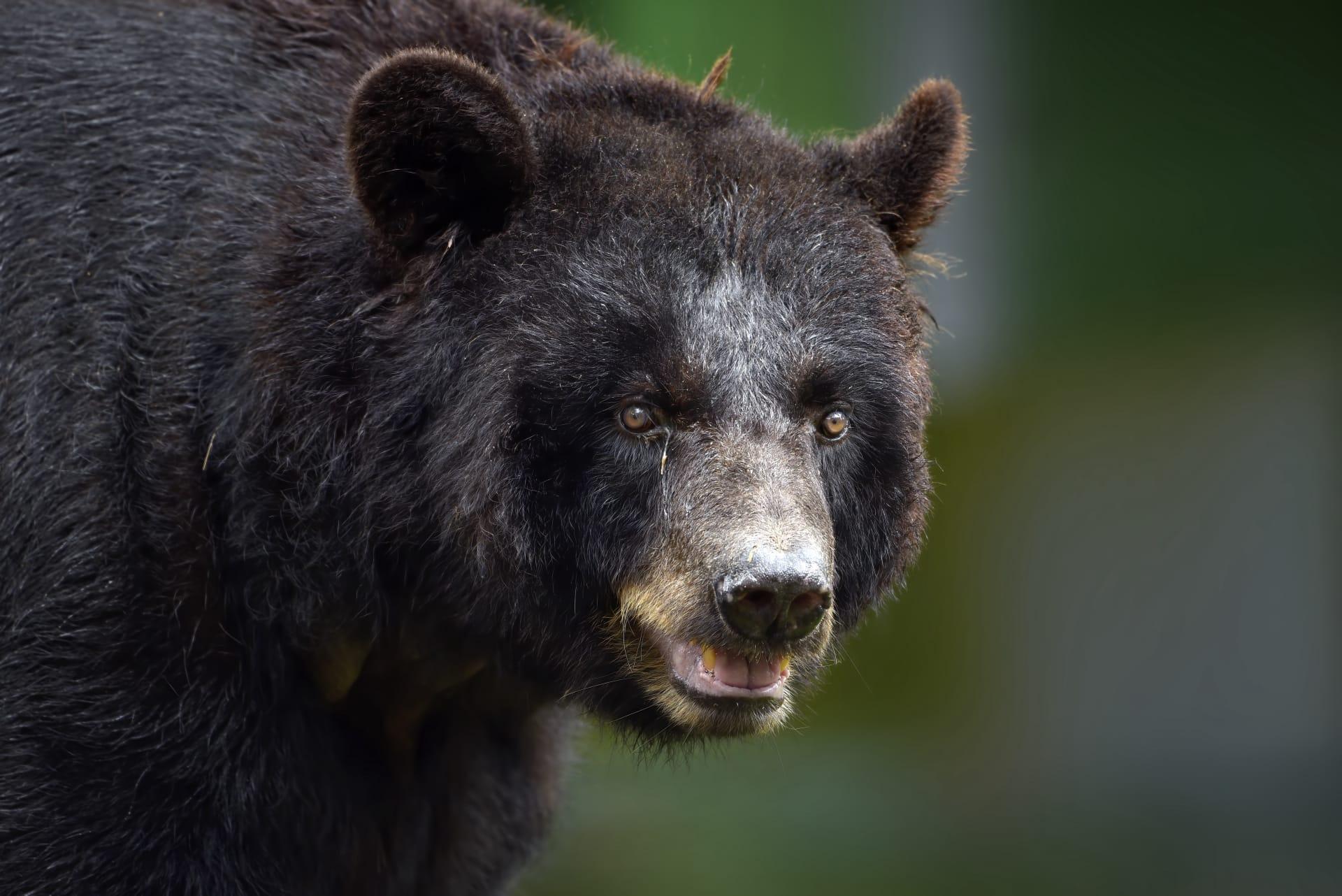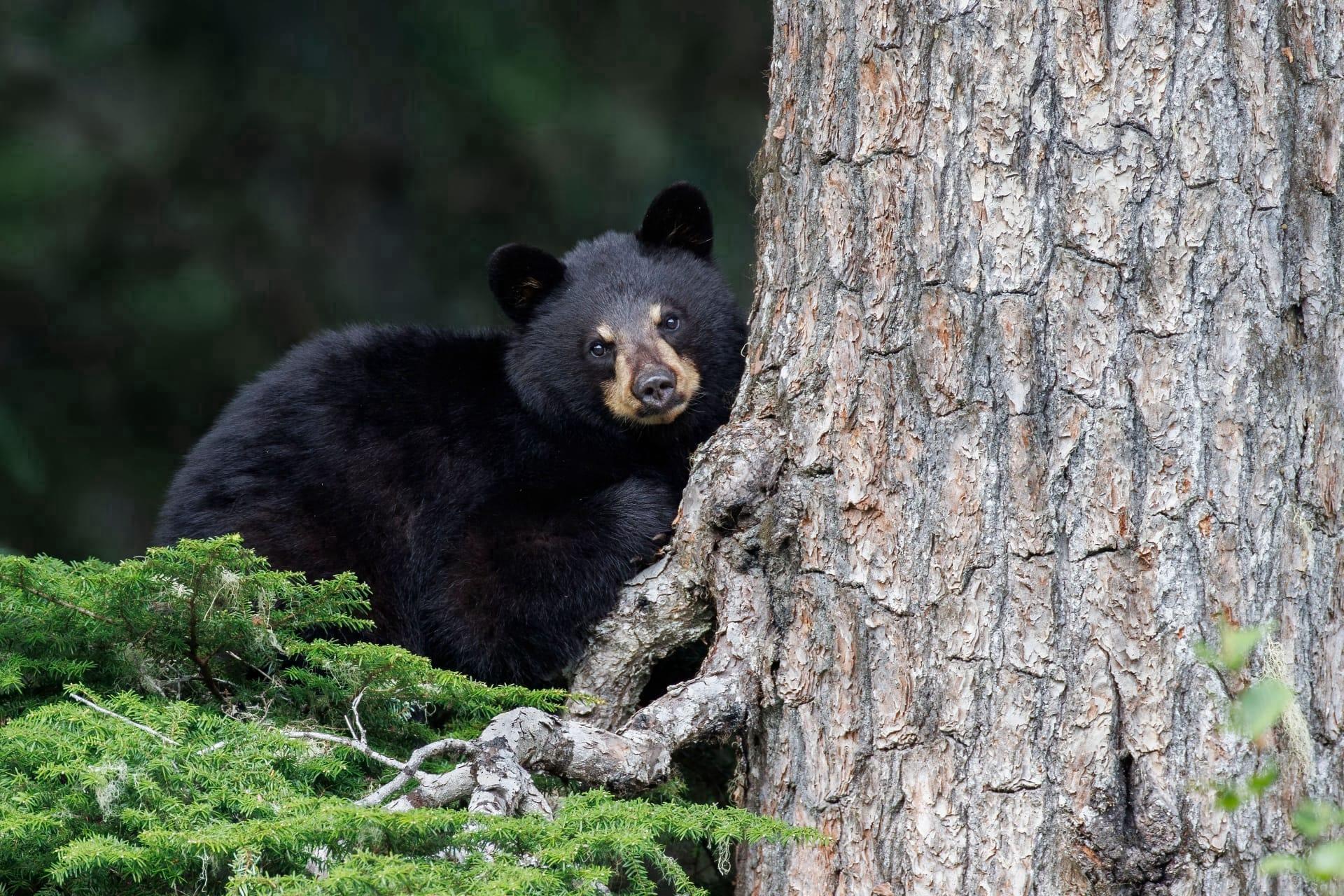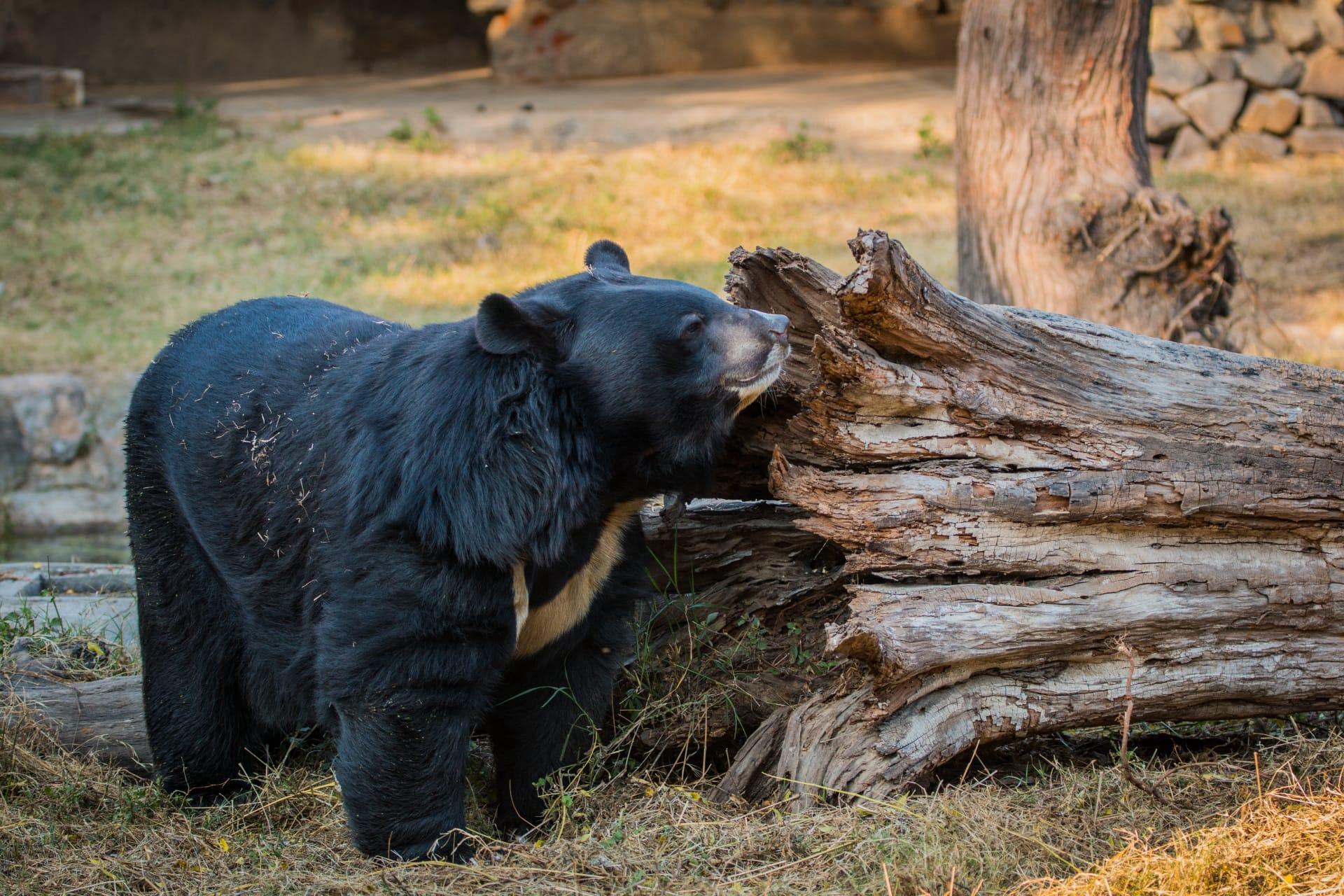Black Bear Characteristics
- Home /
- Mini Encyclopedia /
- Animal /
- Black Bear Characteristics
1
The American black bear (Ursus americanus), an iconic species of North America, stands out with its impressive physique. Adult males typically weigh between 130 to 660 pounds (59 to 299 kilograms), showcasing a robust build. Females are smaller, usually ranging from 90 to 370 pounds (41 to 168 kilograms). Their body length spans approximately 4.6 to 6.5 feet (140 to 198 centimeters), with a shoulder height of about 2 to 3 feet (60 to 91 centimeters). These bears boast a lifespan that can reach up to 20 years in the wild, though some have been known to live over 30 years.
The black bear's sense of smell is its most remarkable organ, playing a pivotal role in their survival. Far superior to that of humans, their olfactory ability is estimated to be seven times more powerful than that of a bloodhound. This incredible sense aids them in locating food, detecting danger, and even communicating with other bears. It's a key factor in their seasonal migrations in search of food and is vital for mothers to keep track of their cubs.

2
Question: "What do black bears eat and how does their diet change seasonally?"
Answer: Black bears are opportunistic omnivores with a diet that varies by season and region. In spring, they often feed on emerging plants and carcasses of animals that did not survive the winter. Come summer, their diet shifts to a variety of foods like fruits, insects, and small mammals. In autumn, they focus on high-calorie foods like nuts and acorns to build fat reserves for hibernation. Although they are capable of predation, most of their diet consists of plant materials, making up about 85% of their food intake.

3
Black bears are agile and versatile movers. They can run at speeds up to 35 miles per hour (56 kilometers per hour) over short distances. Additionally, they are excellent climbers, often scaling trees to escape danger, reach food, or find a resting place. Their sharp claws and strong limbs make them adept at climbing even from a young age.
In terms of hunting and feeding, black bears rely heavily on their sense of smell to locate food. They are not active predators; instead, they scavenge and forage, often eating insects, fish, and carrion. During salmon spawning season, they are known to catch fish in rivers. Their diet primarily consists of plant matter, but they adapt based on availability, consuming a variety of foods to meet their nutritional needs.

4
The habitat of the black bear is diverse, ranging from dense forests to mountainous areas across North America. They are found in 40 U.S. states and throughout Canada. Black bears prefer environments with abundant food sources and protective cover, such as forests with undergrowth, swamps, and areas near rivers or streams.
Reproduction in black bears is characterized by delayed implantation. Mating occurs in late spring or early summer, but the fertilized egg does not implant in the uterus until November. Females give birth during hibernation in January or February. Typically, a litter consists of 1 to 3 cubs, which stay with their mother for about 17 months. During this time, they learn essential survival skills.

5
Book: "The Black Bear: Behavior and Ecology" by James R. McClellan. Published in the USA, 1999, this book offers an insightful exploration into the world of black bears. McClellan delves into their social behavior, habitat, and survival strategies, providing a comprehensive understanding of these fascinating creatures.
Book: "Living with Black Bears" by Lynn Rogers. Hailing from the USA and published in 2002, Rogers' book is a fusion of scientific research and practical knowledge. It covers the interaction between black bears and humans, offering guidance on coexisting with these animals while highlighting their behavior, diet, and conservation efforts.